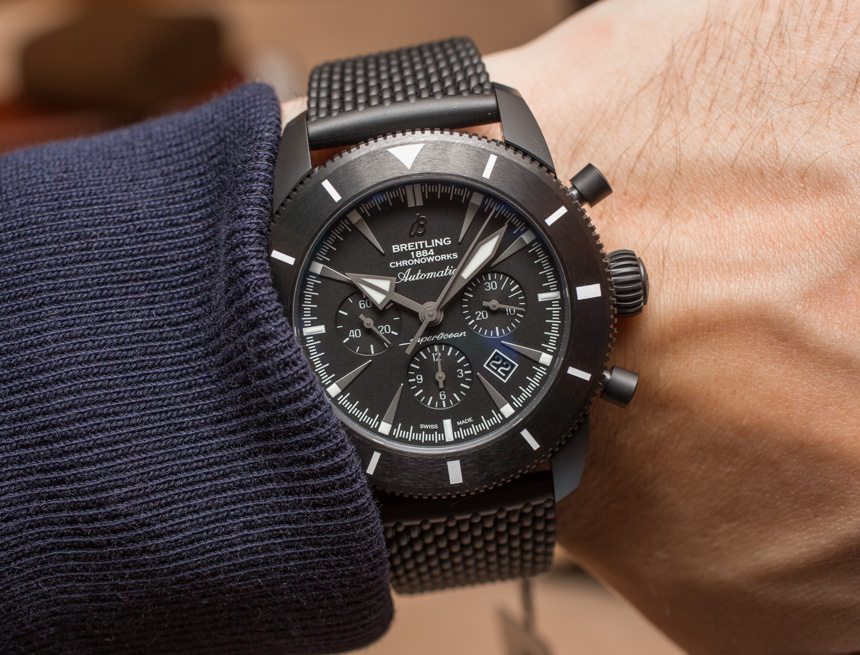
This Breitling Superocean Heritage Chronoworks watch costs about $40,000. If you haven’t already noticed, pricing doesn’t always seem to make sense in the watch world. There are times when otherwise interesting watches are marred by having retail prices which simply confound the consumer’s sense of reason. Sometimes those prices are actually too high, and other times the prices are fair but the consumer doesn’t understand or appreciate the reason for the high cost. In either event, pricing practices often don’t meld with consumer expectations or perceived values. It is perhaps the biggest “issue” the luxury industry faces, given the highly active watch lover community, and the conversations contained therein, that seek to validate or veto many decisions the watch industry makes.
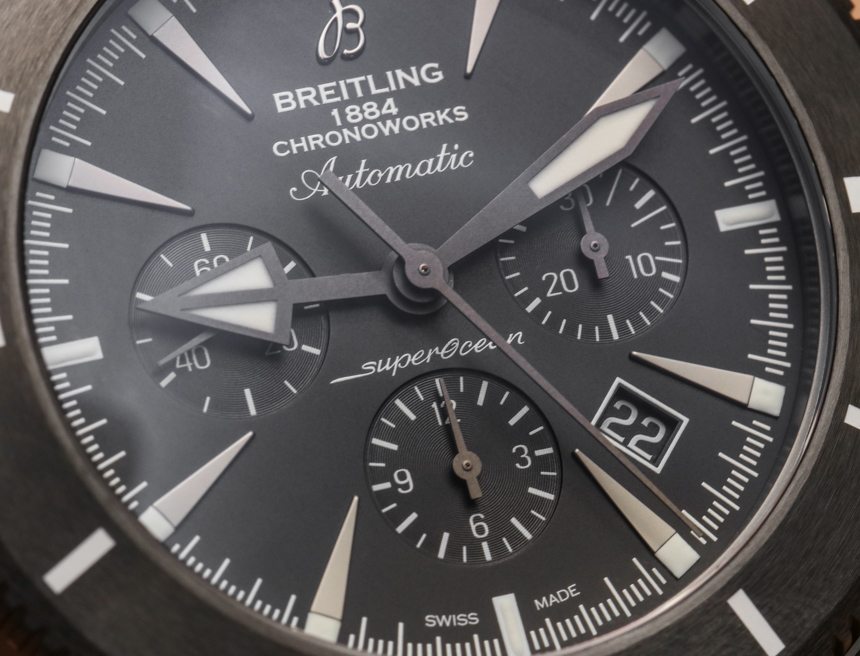
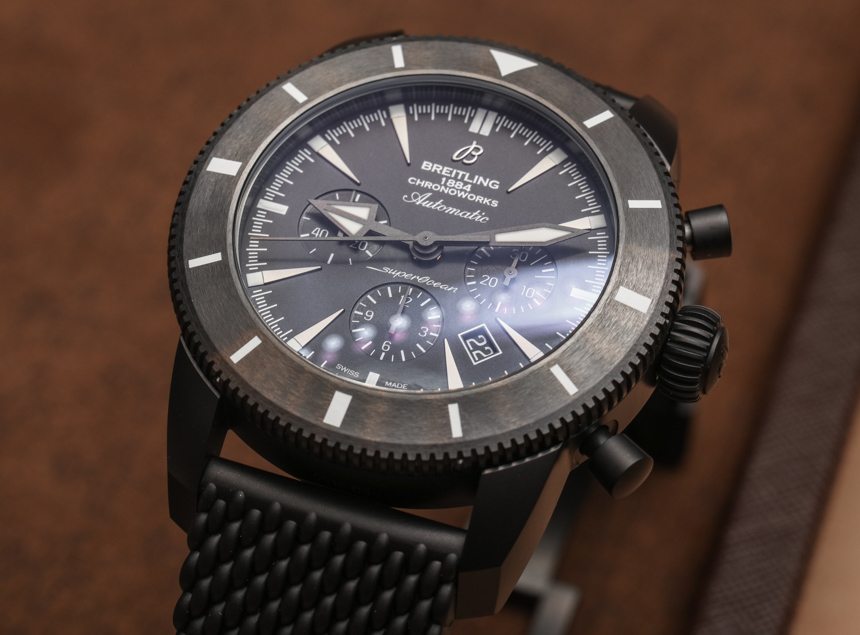
At Baselworld 2016, Breitling shared with us this new “Chronoworks” version of the Superocean Heritage. “Chronoworks” is a term I haven’t heard before from Breitling, and it sounds like their version of a tuning shop where they tweak movements for better performance. In this case, the Breitling Chronoworks team began with their already in-house-made Breilting caliber B01 automatic chronograph. Breitling points to “five innovations” in the movement which, after the “optimization” from their “performance lab” (Chronoworks), is now called the caliber BC01.
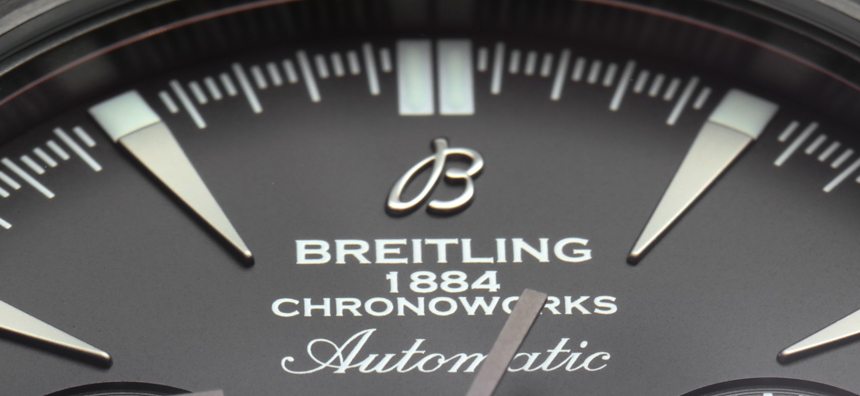
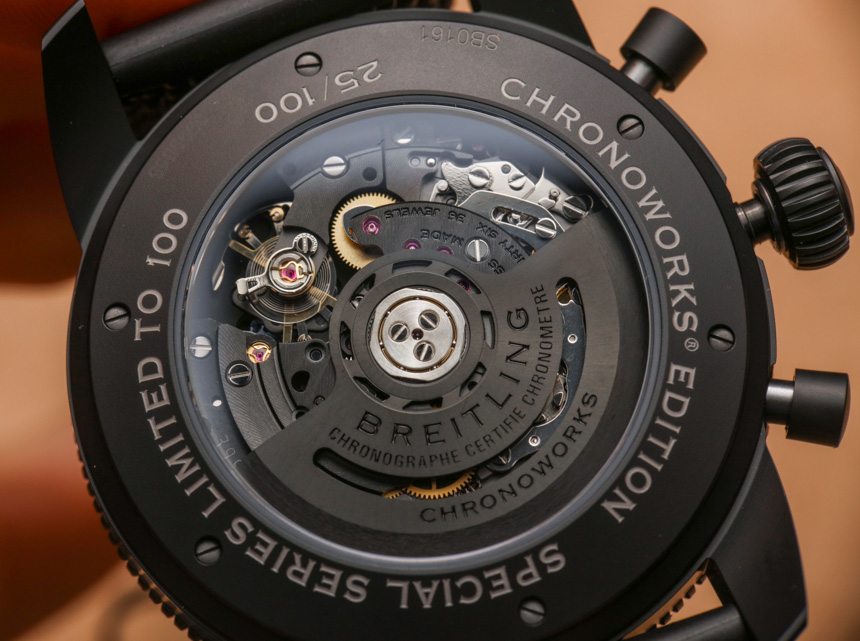
What are the innovations? The question isn’t really “what,” but rather “if” these add up to the price Breitling is asking. The innovations in the movement added by the Chronoworks performance lab are a ceramic baseplate and gear-train bridges (versus metal), silicon wheels, a silicon escapement, a variable-inertia balance wheel, and elastic toothing. That all sounds cool, but what does it actually cost and what are the performance gains?
All of these features essentially act to do a few things. First is to reduce the propensity for parts to wear out, to reduce friction, to remove the effects of magnetism, to increase accuracy, and to decrease service times. Breitling doesn’t per se mention all this, but I can tell you what the point of all these parts is. Interestingly enough, all of this is a source of great controversy in the traditional watch industry. It has to do with the fact that metal parts are being replaced by non-metal parts. If the movements are still mechanical then why all the fuss?
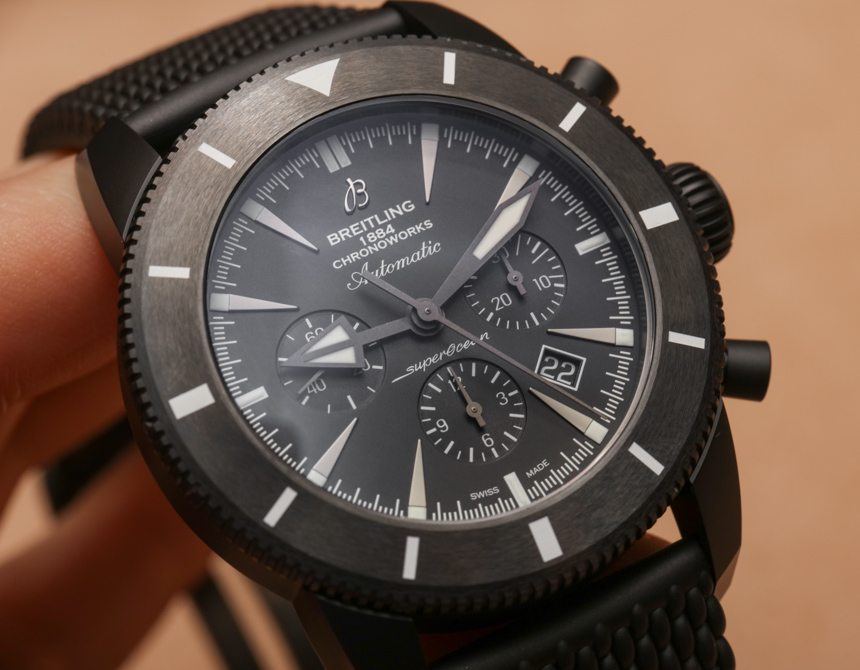
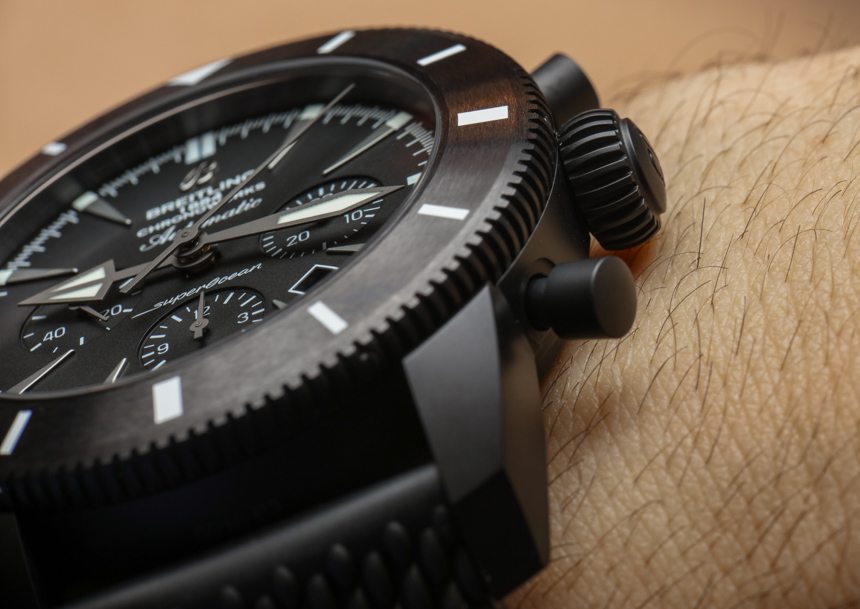
Some watchmakers are concerned that unlike metal parts which can be reproduced relatively easily, things like ceramic or silicon parts will not be easy to replicate in the future when the movements need to be repaired or serviced. That is technically true, but it is only based on today’s available technology. We simply don’t know if in the near future the technology will exist to rapidly produce parts in silicon or ceramic. However, I do agree that the availability of parts in the future is an issue when it comes to non-metallic movement parts.
Another less convincing (for me) complaint about non-metal parts is that, unlike traditional steel, brass, gold, etc., the surfaces of non-metallic parts cannot be decorated. That is true to an extent. You can polish ceramic, but you can’t really engrave it. Silicon, you can’t do much to at all, and at the end of the day these parts simply will not be as attractive as metal parts. Why a mechanical watch if it is not beautiful, they ask?
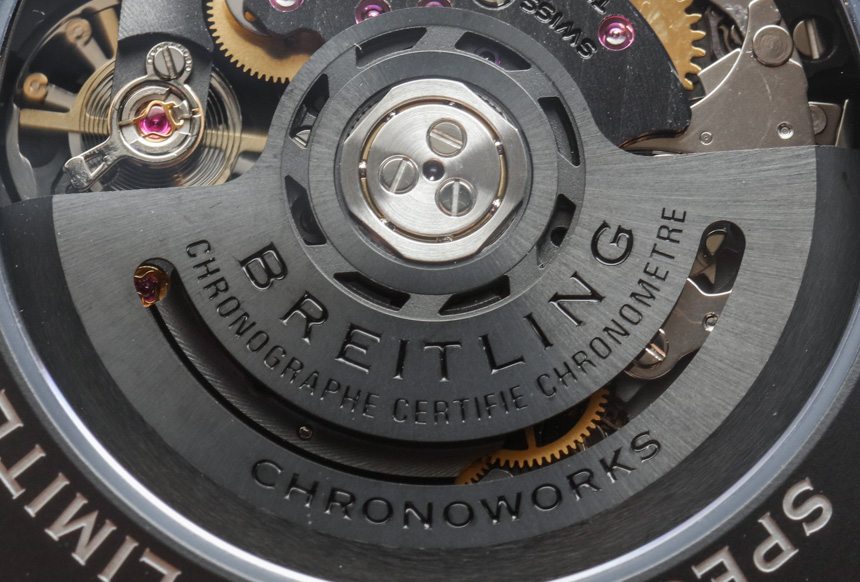
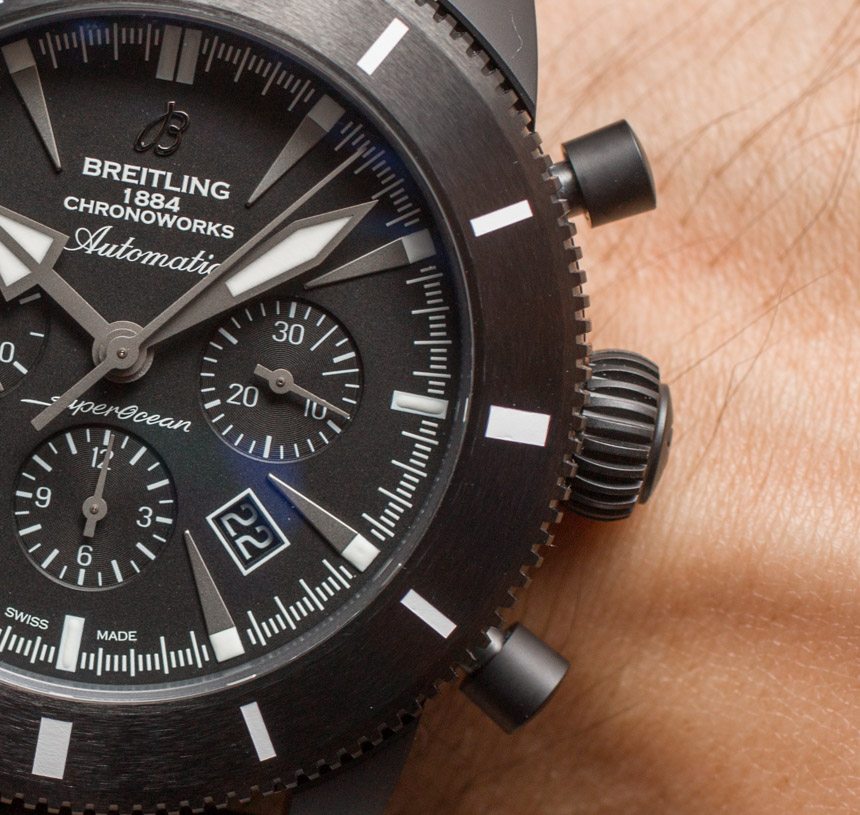
I do appreciate the sentiment of this argument, but I don’t think it will hold a lot of ground in the long term. In my opinion, watch brands have an obligation to offer consumers choice, and it is the consumers who will choose what they want to put their money into. For those who can afford Philippe Dufour’s level of finishing and beauty, then they will easily sacrifice pure performance for beauty. People wanting a reliable everyday wear that isn’t an electronic watch might be better served by a movement made up entirely of non-metallic parts. Truly, that is where I hope we are headed. Brands from Ulysse Nardin to Breitling have been spending years playing with non-metallic parts. When are we going to finally see industrialized movements made with no metal, or minimal metal?
